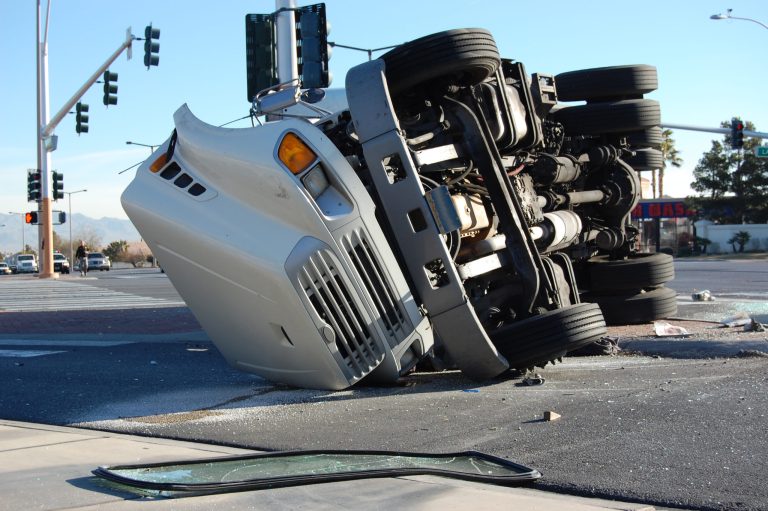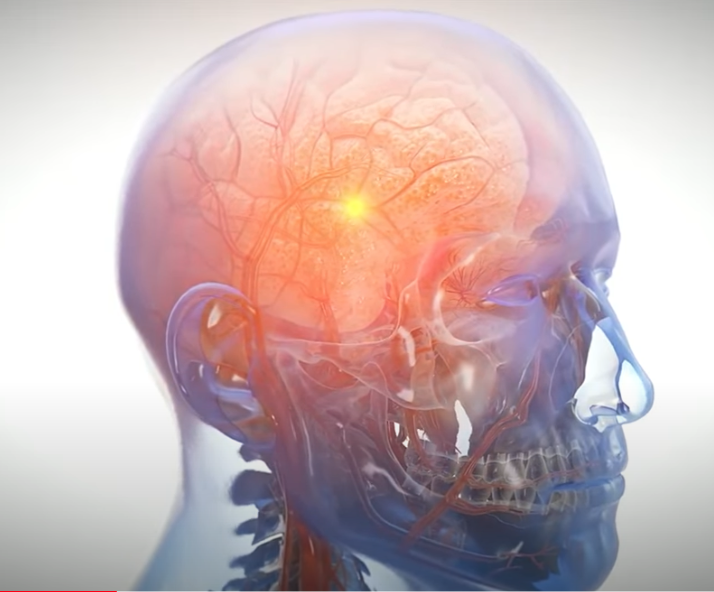[profileleft] [/profileleft]For over 100 years, driving under the influence has been against the law in parts of the United States. New Jersey was the first state to pass such a law in 1906. However, given the lack of technology at the time, there was no set limit in terms of the amount of alcohol a motorist could have in his or her system. Since then, drunk driving laws and other regulations have grown in number, specificity and severity in terms of potential penalties. Obviously, the motivation behind these laws was to bring down the number of alcohol-related accidents that occurred. Recently, a group of researchers completed a study. This study attempted to determine whether there was any correlation between the strength of policies in states and the number of alcohol-related accidents. The conclusions drawn in the study indicate that there may be such a correlation.
[/profileleft]For over 100 years, driving under the influence has been against the law in parts of the United States. New Jersey was the first state to pass such a law in 1906. However, given the lack of technology at the time, there was no set limit in terms of the amount of alcohol a motorist could have in his or her system. Since then, drunk driving laws and other regulations have grown in number, specificity and severity in terms of potential penalties. Obviously, the motivation behind these laws was to bring down the number of alcohol-related accidents that occurred. Recently, a group of researchers completed a study. This study attempted to determine whether there was any correlation between the strength of policies in states and the number of alcohol-related accidents. The conclusions drawn in the study indicate that there may be such a correlation.
About the Alcohol Policy Study
Researchers at Boston University School of Medicine completed the study. Those who would like to read it in its entirety can find it here. The group analyzed data available from the federal government regarding 84,756 alcohol-related accidents that occurred between 2000 and 2013. Each of these accidents led to the death of at least one person under the age of 21. All of the accidents in question involved at least one motor vehicle. These crashes also occurred on a public road somewhere in the United States. Each of the crashes included led to at least one death within 30 days of the incident.
In addition, the researchers examined what is known as the Alcohol Policy Scale, or APS. The APS is a tool that allows for assessments/comparisons of alcohol policies between jurisdictions. It takes factors such as population into account in order to make these comparisons more equitable. This analysis was done to determine the strength or weakness of the alcohol laws and regulations within a particular jurisdiction.
The Study’s Findings
The researchers found the following:
- 28 percent of all of the alcohol-related accidents studied involved at least one driver whose blood alcohol content, or BAC, was above the legal limit of 0.08 percent.
- More than 50 percent of these crashes involved a driver with at least some alcohol in his or her system. This includes those where the amount was below the legal limit.
- 46.3 percent of the people killed in these crashes were drivers of vehicles.
- 43 percent of the people killed in these accidents were passengers.
- More than 10 percent of the people killed in these crashes were bicyclists, pedestrians or occupants of vehicles that were not in transit at the time.
- 80 percent of the alcohol-related accidents in which the passenger was killed involved a driver who was over the age of 21.
- 47.6 percent of the fatalities occurred between 6 p.m. and 5:59 a.m. on either Friday or Saturday night.
- 73 percent of the people killed in these alcohol-related accidents were males.
- Jurisdictions in which restrictive policy environments were in place saw fewer alcohol-related accidents leading to fatalities than those that did not have restrictive environments.
- Specifically, fatalities were reduced by 9 percent for each increase by 10 percentage points in policy strengths as measured by the APS.
Alcohol-Related Accidents and Young People
According to HealthGrove.com, a company that analyzes and publishes different types of health data, car accidents are the leading cause of death of Americans under the age of 30 in the United States. A large percentage of these crashes involve alcohol. Below are the 10 leading causes of death, in descending order, for Americans under the age of 30 according to HealthGrove.com:
- Car accidents – 10,821
- Poison – 7,904
- Homicide by firearm – 5,596
- Suicide not with a firearm – 4,899
- Suicide by firearm – 3,891
- Heart problems – 2,955
- Malignant neoplasms – 2,708
- Homicide not by firearm – 1,098
- Drowning – 909
- Chromosomal/congenital abnormalities – 892
Approximately one-third of all car accident fatalities among teens result from crashes that involved alcohol. The numbers from the study indicate that more than 6,000 people under the age of 21 are killed in alcohol-related accidents across the country every year. Regardless of which statistic is used, those crashes alone would still rank among the top five killers of young people in the United States.
Alcohol-Related Accidents – Examples of Restrictive Policies
We have come a long way since the first drunk driving law was passed in the United States in 1906. The first legal limit for alcohol was established in 1938. That limit was 0.15, or nearly twice the current legal limit. In 2000, the Congress set the national limit at 0.08. All of these steps saw a reduction in the number of fatal alcohol-related accidents. Some states are clearly taking things further than others.
For instance, many states now have what is known as a Graduated Driver License, or GDL program. A GDL program basically means that a new driver must complete hours of practice driving with an adult before he or she is allowed to drive alone. Even then, many states limit the ability of new drivers to drive vehicles at night. In short, a GDL puts a more rigorous program in place for someone to be able to drive independently than what previously existed. Other policies that are in place in different jurisdictions include:
- Taxes on alcohol
- Hours during which alcohol can be purchased
- General availability of alcohol
- Zero tolerance programs
Each of these restrictions tends to reduce the number of people who are consuming alcohol in one way or another. It’s clear that the less alcohol people drink collectively, the lower the amount of risk they force onto others on the roads.
How a San Diego Car Accident Lawyer Can Help
Despite all of the laws and regulations that exist in certain jurisdictions including California, people of all ages are going to continue to drive while intoxicated. Those who do and who cause alcohol-related accidents that lead to injuries and fatalities can face significant criminal penalties. People who cause this type of harm should also face civil liability so that those who have suffered can obtain some help with their recovery. If you or someone you love has been injured by a drunk driver, contact a San Diego car accident lawyer at Gomez Trial Attorneys to schedule a free initial consultation as soon as possible.







